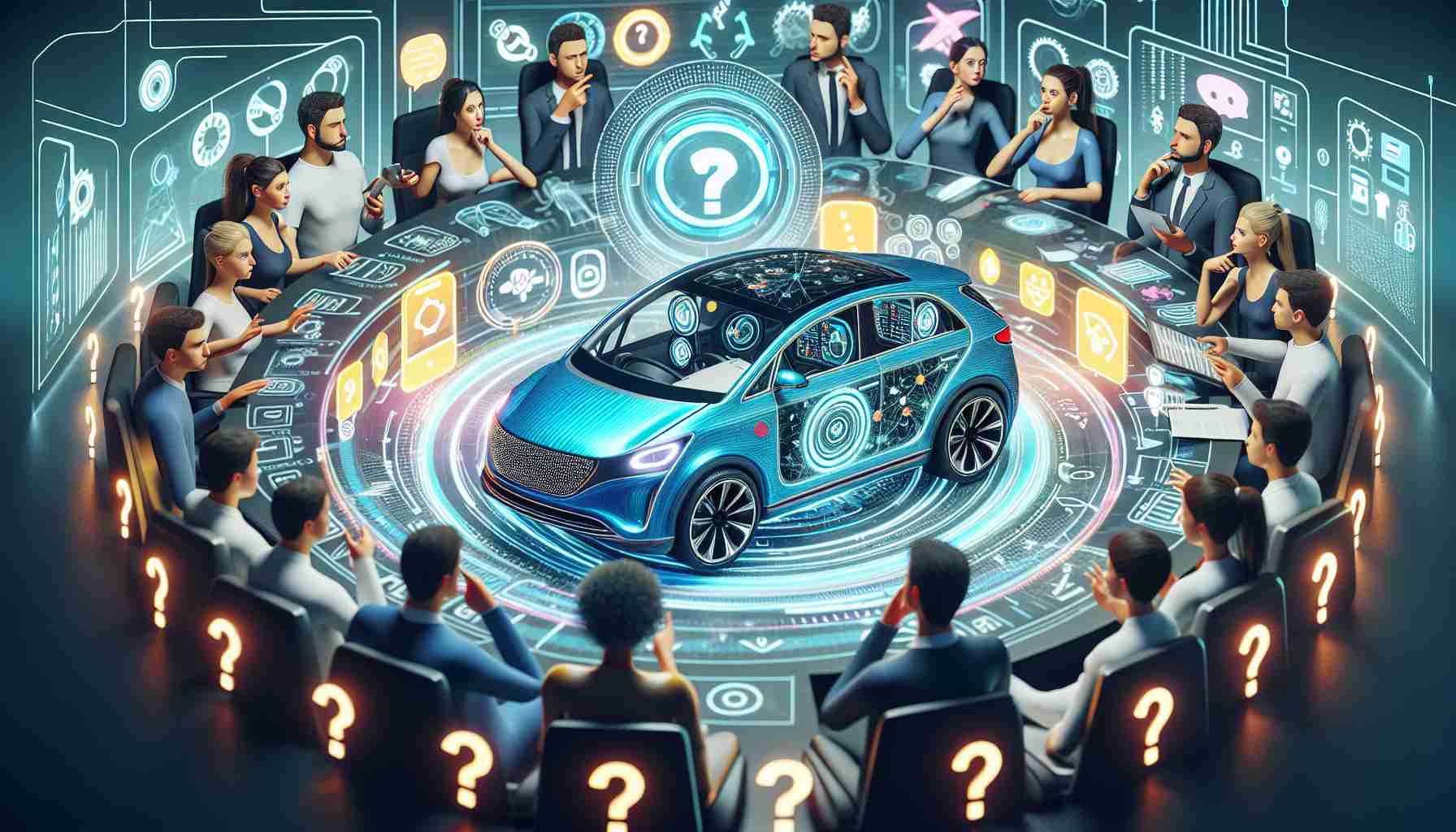Apple’s Ambitious CarPlay Plans Remain Under Scrutiny
Despite hopes for rapid expansion in the automotive realm, Apple’s efforts have not accelerated as swiftly as anticipated over the past years. The example set by CarPlay demonstrates this gradual pace.
In 2022, Apple revealed the next generation of CarPlay at their Worldwide Developers Conference (WWDC), teasing the arrival of the first vehicle announcements by the end of 2023. True to their promise, prestigious brands Porsche and Aston Martin have integrated CarPlay 2.0 into their 2024 model year vehicles. However, the tech giant has remained predominantly silent about additional automakers joining the lineup.
WWDC Passes with No New CarPlay Updates
The latest WWDC was awash with discussions on artificial intelligence, with CarPlay updates notably missing from the spotlight. Nonetheless, Apple did impart some insight into CarPlay’s upgraded system capabilities, including its ability to adjust to various screen sizes and dimensions in the latest generation of vehicles.
Next-Generation CarPlay: A Customizable Venture
The upcoming version of CarPlay boasts a design system that emphasizes extensive adaptability. Targeting car manufacturers, system developers, and infotainment designers, Apple offers a compelling argument: CarPlay 2.0 enables vehicles to maintain brand essence and distinctiveness through customizable interfaces.
Android Automotive Versus CarPlay: The Challenges Ahead
However, Apple is navigating a challenge that sets CarPlay apart from competitors like Android Automotive. Unlike Android’s system—which is not dependent on a phone—CarPlay requires an iPhone to operate. This prerequisite for an Apple device poses a dilemma for carmakers considering whether the investment in the CarPlay ecosystem will resonate with a significant enough portion of their clientele. As a result, this constraint could potentially stunt CarPlay 2.0’s market penetration, particularly if car manufacturers deem the venture unprofitable relative to the necessary expenditure and effort.
As the industry watches, Apple maintains a veil of secrecy around CarPlay’s broader adoption, hoping to perhaps share more at the upcoming iPhone 16 launch event. Meanwhile, Android Automotive is enjoying a growing footprint in the automotive sector, being utilized by brands such as GM, Honda, and Porsche, with Mitsubishi and Infiniti expected to join the ranks. Apple’s next strategic moves will be crucial in determining CarPlay’s future trajectory in an increasingly connected vehicle market.
Key Questions and Answers:
What is CarPlay 2.0?
CarPlay 2.0 is the next iteration of Apple’s in-car infotainment software, which allows for a more customizable and adaptable interface that can adjust to different screen sizes and dimensions in vehicles. It aims to maintain the brand essence of car manufacturers while offering a seamless integration of iOS capabilities into car dashboards.
What are the challenges faced by Apple’s CarPlay 2.0?
The primary challenge for CarPlay is its dependency on an iPhone to operate, which is not the case with Android Automotive. This may limit its adoption among users who do not own Apple devices. Automakers may be hesitant to invest in the CarPlay ecosystem if they believe it won’t align with a large segment of their customer base.
What advantages does CarPlay 2.0 offer?
CarPlay 2.0 offers high levels of customization allowing carmakers to preserve their unique interface design while incorporating Apple’s software. It also patents Apple’s ecosystem, which may be appealing to existing iPhone users.
What disadvantages does CarPlay 2.0 have in comparison to its competitors?
It relies on a user having an iPhone, which narrows the potential user base compared to Android Automotive, an in-car system that operates independently of a smartphone.
Key Challenges or Controversies:
One of the main controversies is the extent to which Apple can convince car manufacturers to adopt CarPlay 2.0 despite it being limited to iPhone users. Additionally, the emerging competition with Android Automotive, which is expanding its reach in the automotive market, presents a significant challenge to CarPlay’s future growth.
Advantages and Disadvantages:
The advantages of CarPlay 2.0 include its seamless integration with iOS devices, the huge base of loyal Apple users, the enhanced customization for vehicle brands, and the potential continuation of Apple’s reputation for user-friendly and quality products.
On the other hand, its disadvantages encompass the dependence on an iPhone which limits its market, potential resistance from automobile manufacturers wary of the cost and value proposition, and the robust competition from Android Automotive which already has a growing number of partnerships in the automotive sector.
For those looking for more information on the topic, they can visit:
– Apple: Information about Apple products and announcements.
– Android Auto: Details about Google’s in-car platform which is distinct from Android Automotive, but related as part of Google’s vehicular solutions.
Please ensure the URL to both Apple and Android Auto’s main domains is correct and valid before accessing.
The source of the article is from the blog coletivometranca.com.br
